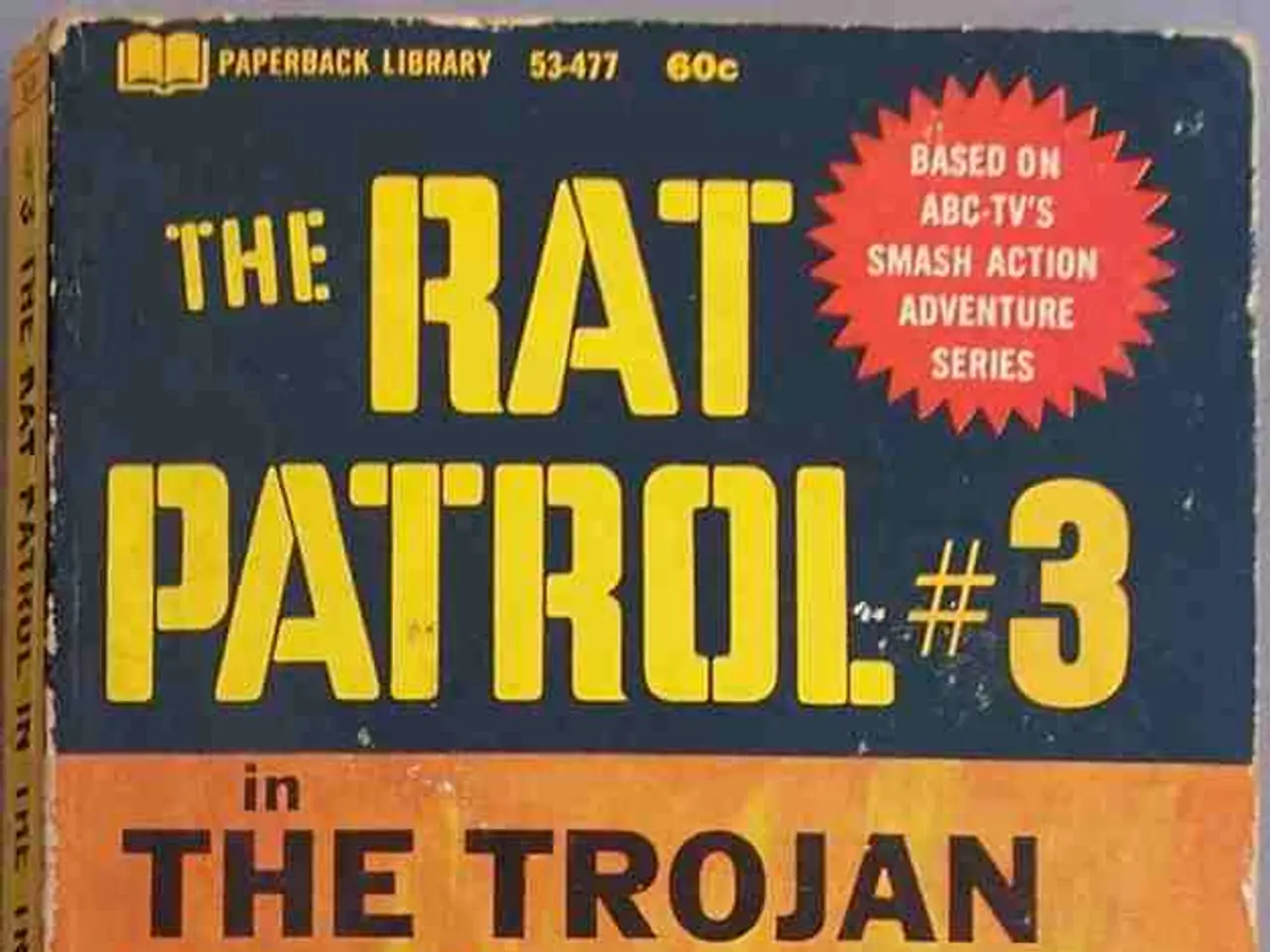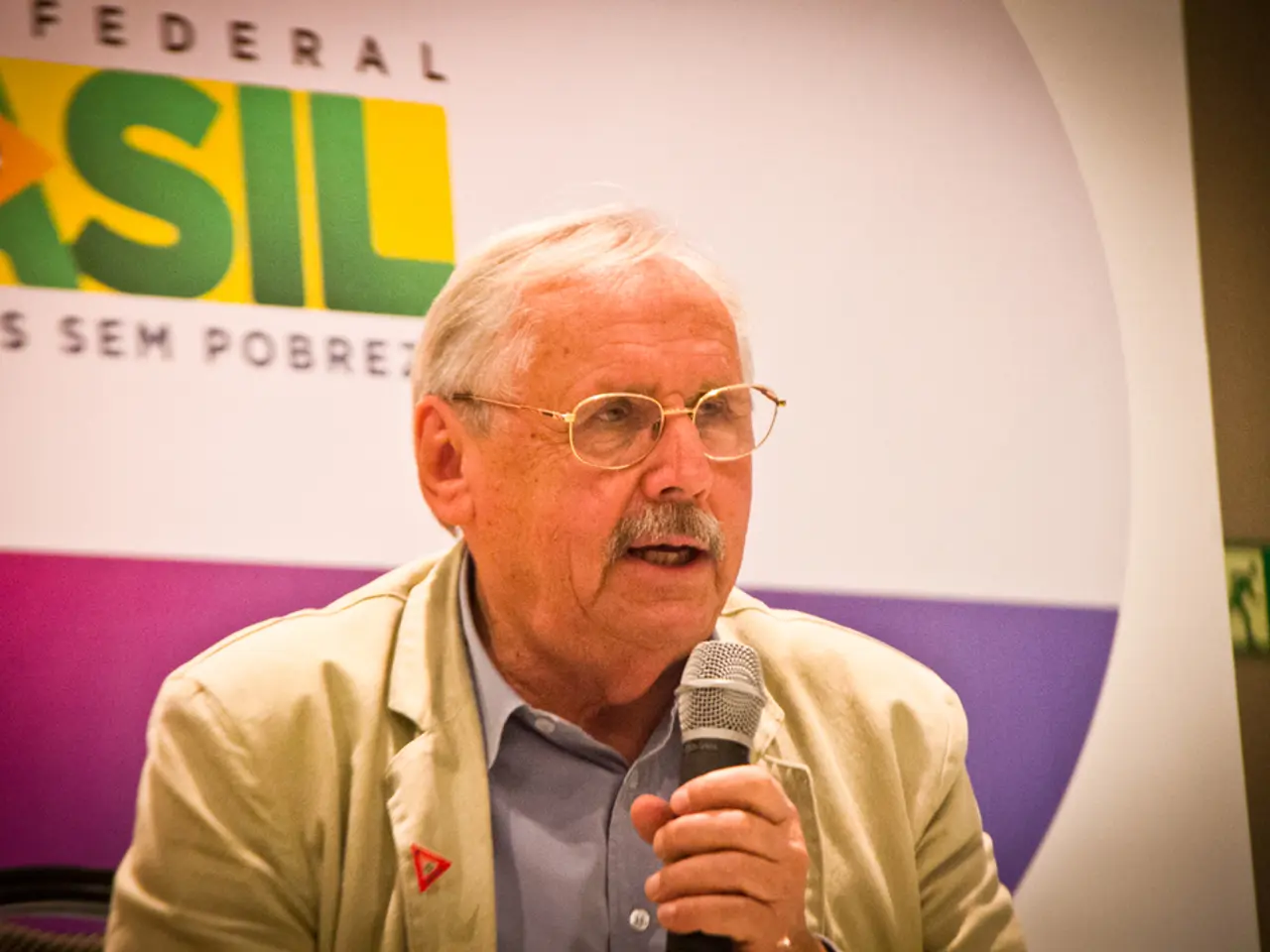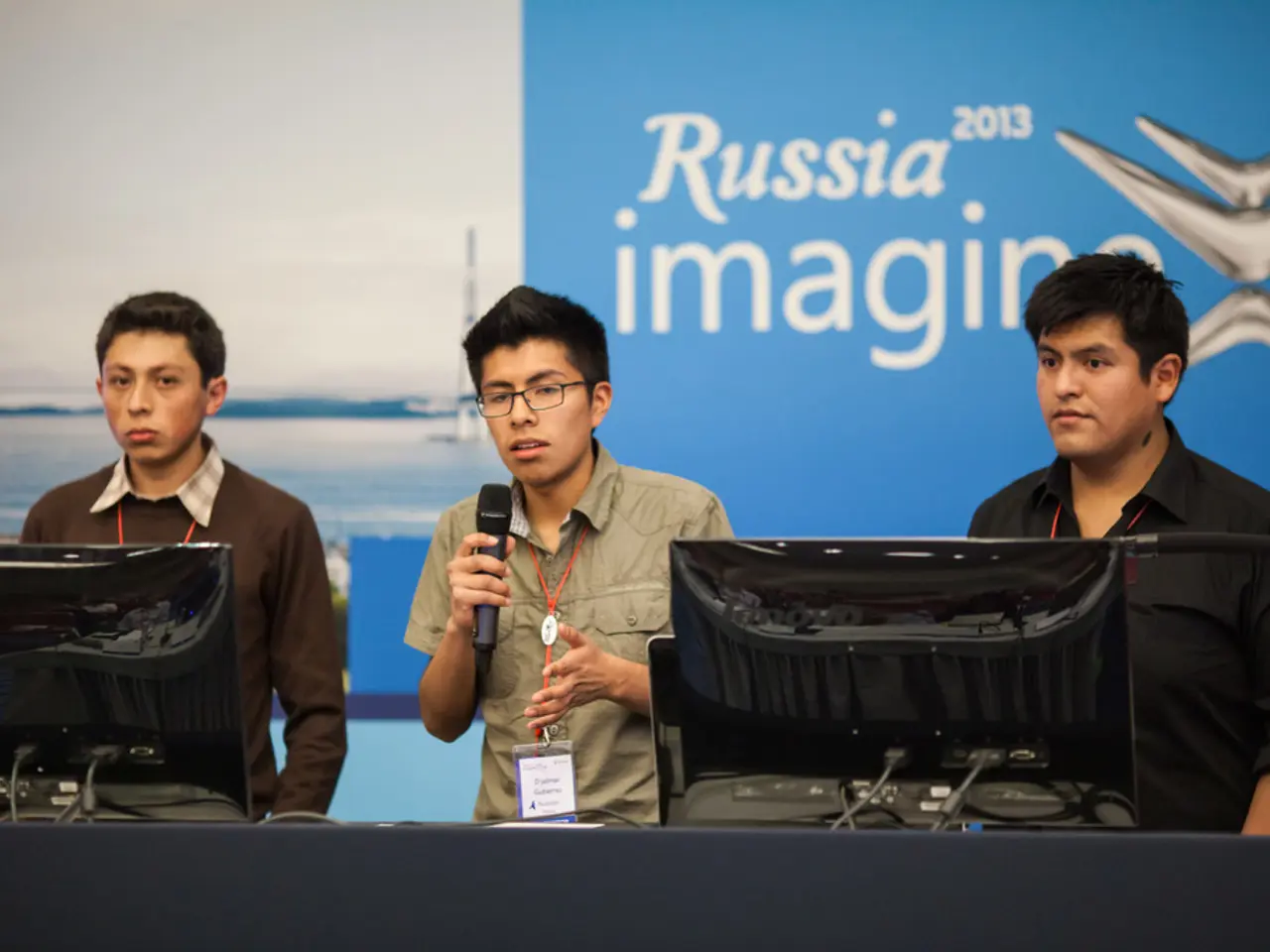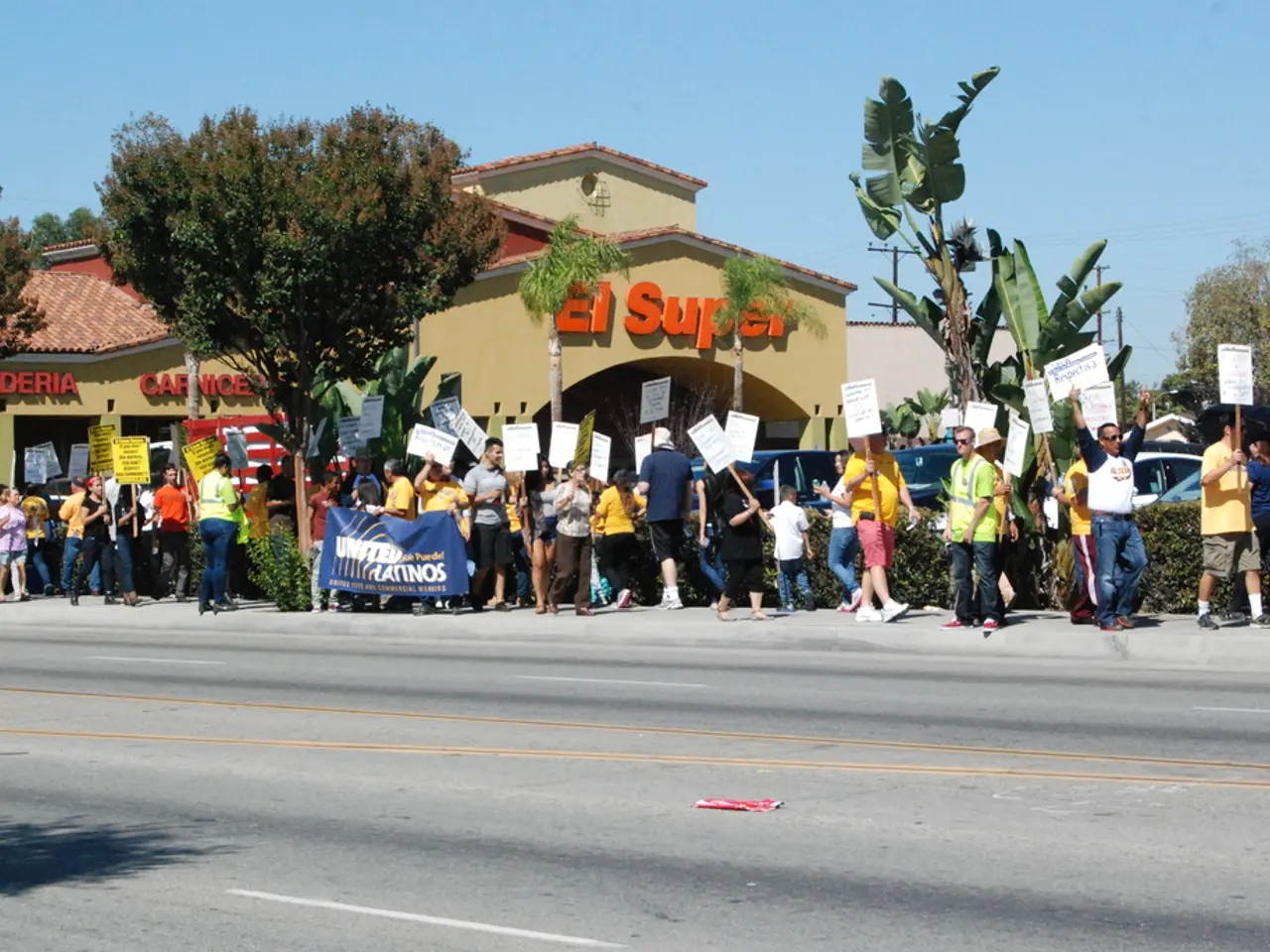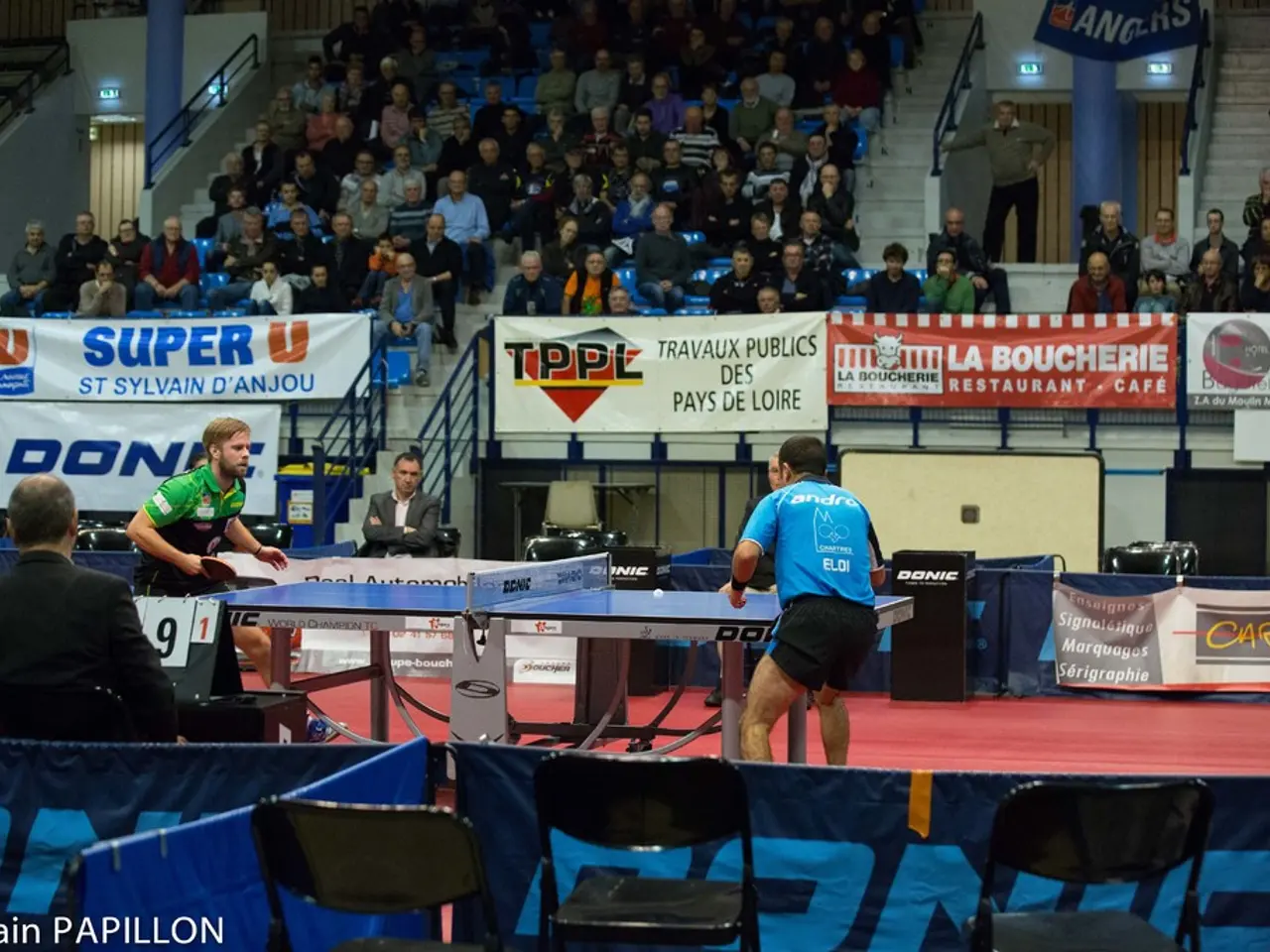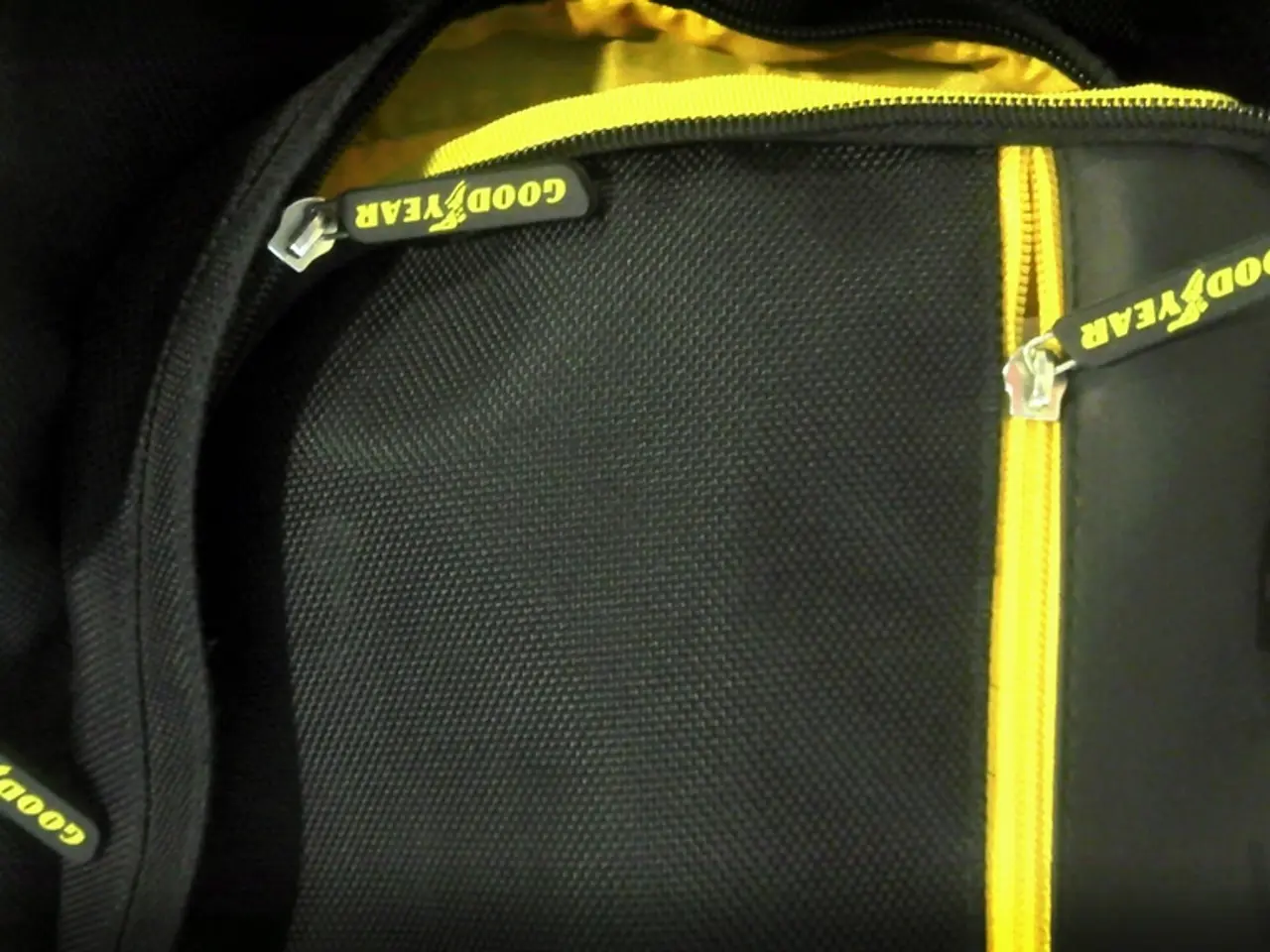Southern Syria's ceasefire allegedly attained through military action, as asserted by Netanyahu
In the heart of July 2025, the region south of Damascus, particularly Sweida province, has witnessed a surge of violence and geopolitical maneuvering. The recent crisis was ignited by a series of revenge attacks between the Druze and Bedouin communities, leading to a complex web of military action and diplomatic intervention.
The flashpoint began on July 13, when a Bedouin tribe established a checkpoint and assaulted a Druze man, sparking a cycle of retaliation, kidnappings, and militia mobilizations. The Druze and Bedouin communities have a history of sporadic violence, driven by ethnic and sectarian tensions.
Syrian government forces, led by President Ahmed al-Sharaa, initially intervened, ostensibly to restore order but reportedly siding with the Bedouins. This intervention was seen by Israel as a "massacre" against the Druze, with reports of regime forces humiliating Druze clerics and desecrating religious symbols.
In response, on July 16, Israel launched strikes against Syrian military targets, including the defense ministry headquarters and areas near the presidential palace in Damascus. Israeli Prime Minister Benjamin Netanyahu declared two red lines: the ongoing demilitarization of the zone south of Damascus (essential to Israel’s security) and protection of the Druze minority in the area, whom Israel has historically seen as a strategic and humanitarian concern.
By July 17, a ceasefire was brokered by international mediators, including the U.S., Arab states, and Turkey, leading to Syrian forces withdrawing from Sweida. The truce appears fragile, with reports of continued revenge attacks, and the Druze community remains divided between integration with the government and seeking autonomy.
At least 350 people have been killed during the clashes, reflecting the high human toll of the recent fighting.
Israel’s involvement is framed as a response to both threats on its northern border and a perceived obligation to protect Syrian Druze, who have kinship ties to Israel’s own Druze population. Netanyahu emphasized that Israel will continue to use force to enforce its red lines in southern Syria, and the recent strikes in Damascus marked a notable escalation in Israel’s assertive posture in the region. This has drawn international concern, with the U.S. calling for restraint following the Damascus strikes.
Key players in the current situation include the Druze militias, Bedouin tribes, the Syrian regime, Israel, and international mediators. Each actor has their own role and interests, with the Druze militias seeking protection and autonomy, the Bedouin tribes clashing with the Druze over land and resources, the Syrian regime attempting to reassert control, and Israel enforcing demilitarized zones and protecting the Druze minority.
As the region continues to simmer, the fragile ceasefire is being tested by ongoing revenge attacks, and the Syrian government’s ability to maintain stability in Sweida remains uncertain. Israel has made clear its readiness to act militarily if its security interests or the welfare of the Druze are threatened. The crisis highlights the volatility of Syria’s southern border and the complex interplay of local grievances, regime maneuvering, and international intervention—with Israel increasingly willing to take unilateral action to protect its interests.
- The surge of violence and geopolitical maneuvering in the region south of Damascus, especially in Sweida province, has brought forth a heightened focus on human rights, as the ongoing clashes between the Druze and Bedouin communities have resulted in a substantial loss of life for hundreds, and the fragile ceasefire leaves the Druze community vulnerable to continued attacks and threats.
- The recent war-and-conflicts in southern Syria, ignited by revenge attacks between the Druze and Bedouin communities, have not only revealed the complex politics surrounding the region, but have also shed light on the general-news topic of international intervention, as key players such as Israel, international mediators, and the Syrian regime jockey for control and influence, putting both human lives and regional stability at stake.
